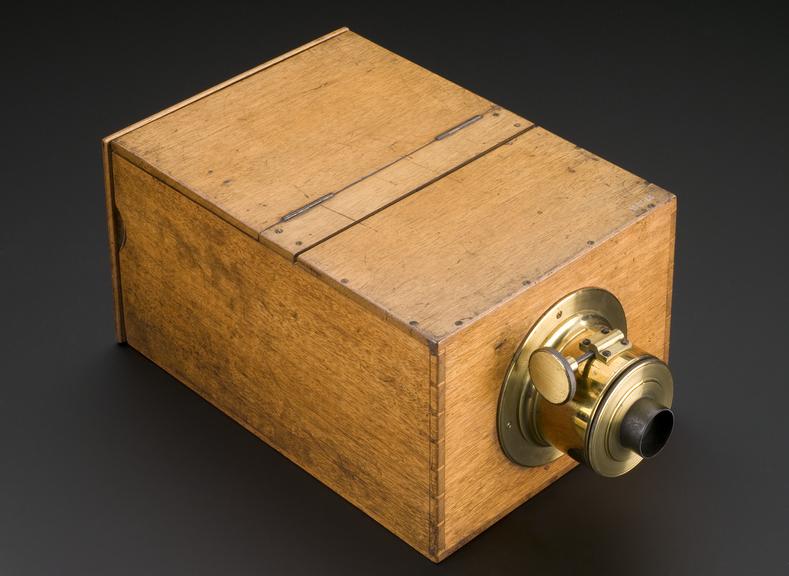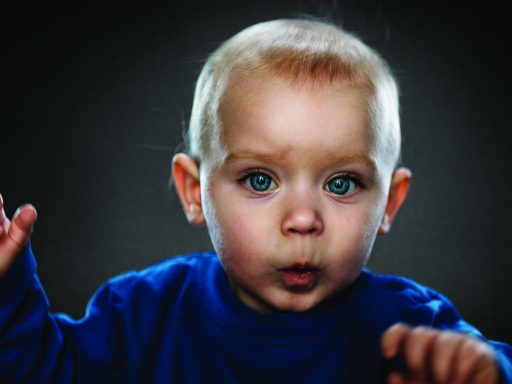
In the digital age, advertisers and marketers have had to devise new methods to reach audiences with their product messages.
At the National Science and Media Museum, in the heart of Bradford, we explore the science and culture of light and sound technologies and their impact on our lives. We aim to inspire the scientists and engineers of the future to see more, hear more, think more and do more.

In the digital age, advertisers and marketers have had to devise new methods to reach audiences with their product messages.

The first public demonstration of television in the UK took place in 1926. Trace the development of TV from then up to the 2010s with our timeline.

The history of recording using magnetism dates back almost one hundred years, and by the start of the Second World War had advanced to the stage where the BBC were regularly using a Marconi-Stille recorder.

Invented by Sir John Herschel in 1841, this simple process produces a continuous tone image of Prussian Blue using a sensitizing solution of ferric ammonium citrate and potassium ferricyanide.
Bromoil and Transfer was used by many photographers during the first half of the 20th century and gained great popularity.

One of the most exciting sources of information for family historians are collections of family photographs—lovingly preserved in leather-bound albums or stashed in biscuit tins or shoeboxes.

What is a camera obscura and where can you see one? Read on for a potted history, list of UK camera obscuras and helpful contacts.

Cartes de visite were introduced to the UK in 1857 and became a Victorian collecting craze.

From albumen negatives in the 1840s to the gelatin dry plate, which was in use until the 1970s, learn about the history of glass photographic negatives.

Film programmer Tom Vincent explains why BIFF 2010 will include a strand of teen movies.

Robbie Cooper’s work examines the effects of increasing exposure to media, particularly online. We look at some of the issues explored in his series Immersion and Alter Ego.

March 18th sees the start of BIFF 2010—and today we can tell you who’s coming along to join us in celebrating one of Britain’s best film festivals.